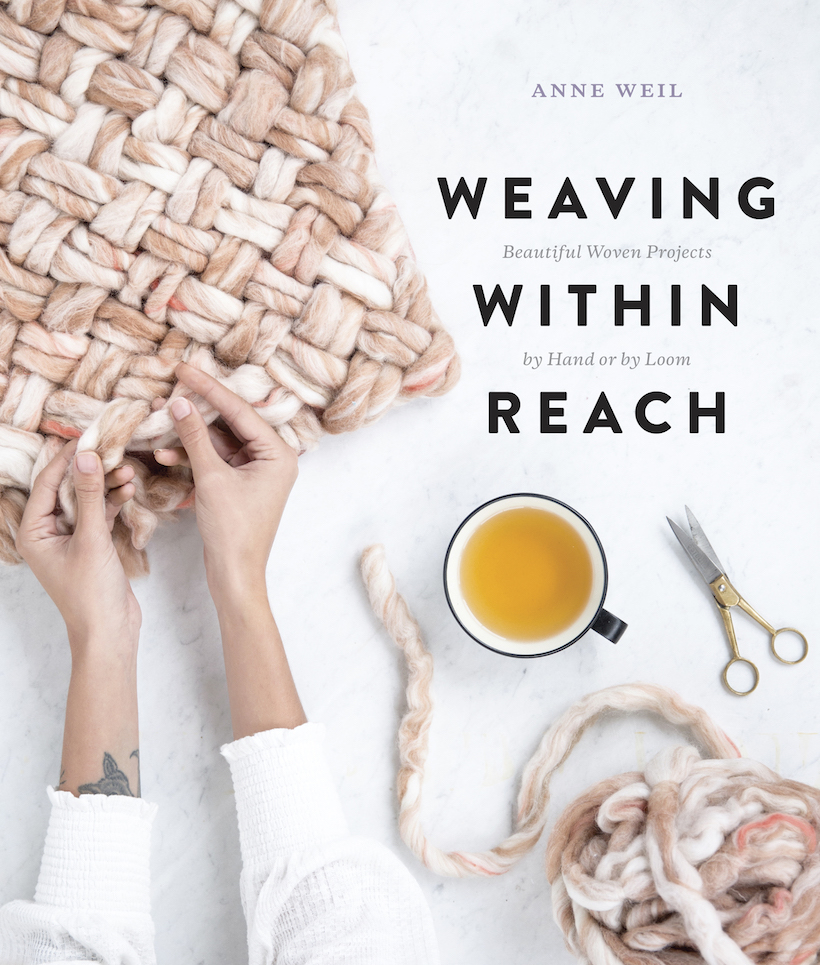Anne Weil’s new book landed on our doorstep this week, and it’s the exact dose of creative inspiration we’ve been needing. Similar to her her first book (which we absolutely loved), Weaving Within Reach is a weaving book for stylish and modern makers, bursting with functional, earthy projects we want to fill our homes with. Forget the big box retailers, next time you want to add something woven to your decor, try making it yourself! With this book, it’s easier than you think, and we’re excited to to take it for a spin with our first weaving project: these gorgeous open-weave placemats.

Shop Anne’s book here, and find more beautiful and modern Fiber DIY projects at Anne’s blog, Flax & Twine.







